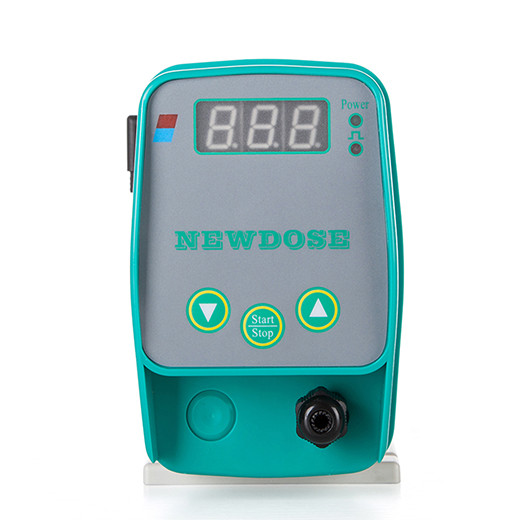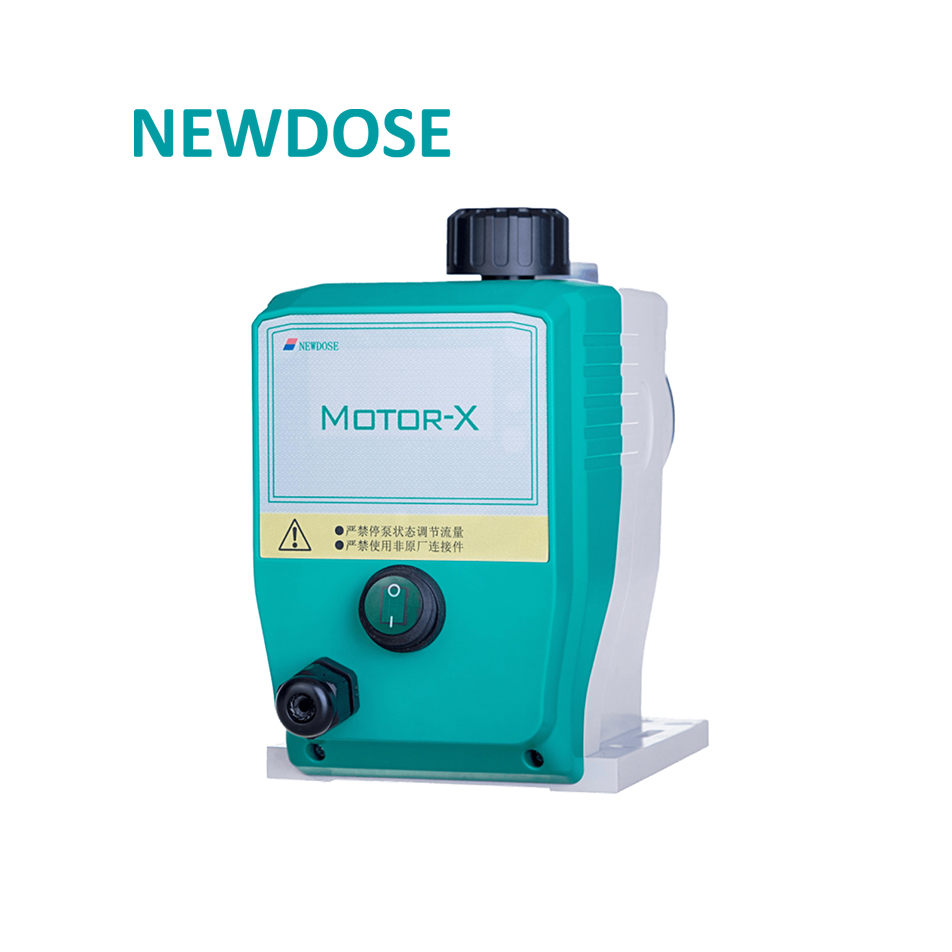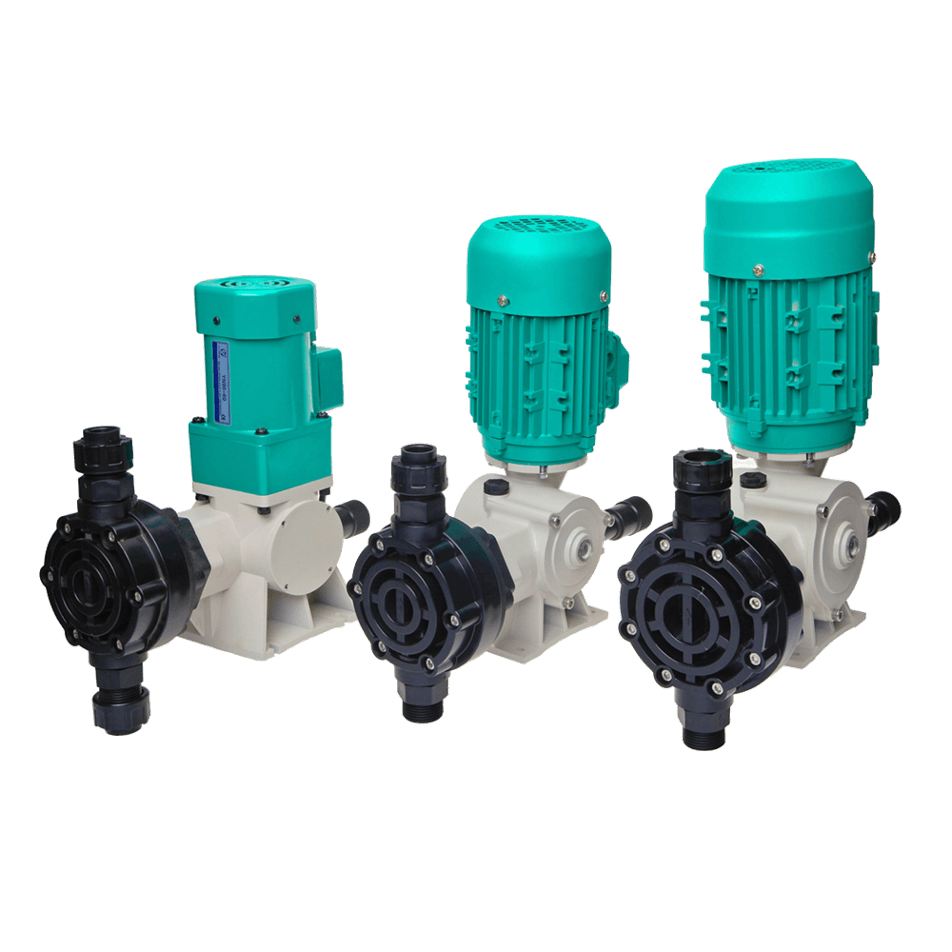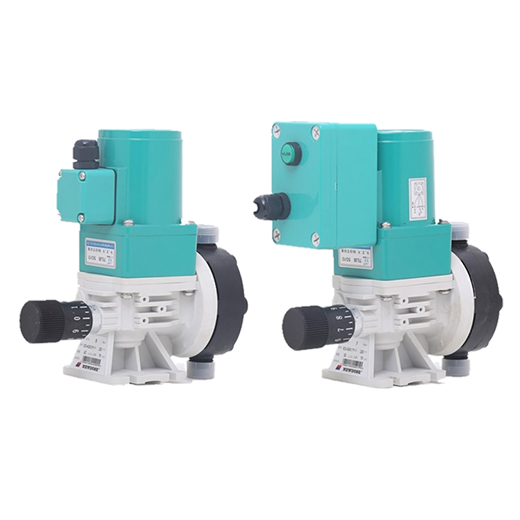1. The metered dose pump cannot suck liquid normally
Rotate to 100% of the stroke length. In this way, the whole set of components can be rotated to the backplate, and the leakage discharge hole can be aligned with the bottom end of the pump. Adjust the diaphragm and liquid end to the proper position during the pump operation. For response time, the pulse duration may not be long enough. Relative to the standard pulse width of 8Omsec, the flow monitor pulse width extension can be activated, increasing the pulse width to 30Omsec. Activate the intelligent transfer switch, remove the protective cover that fixes the circuit board, and remove the jumper. This activates the extended function, allowing more time before the fault is indicated. The metering pump is equipped with a self-exhausting pump head and adopts self-filling suction. Keep the suction line as short as possible.
2. Dismantle and replace the diaphragm of the diaphragm metering pump
Trouble is often encountered when removing the old diaphragm. Now provide some additional suggestions on how to remove the old diaphragm.
Pull the fluid end outward to disengage the screw from the socket. Grasp the liquid end and rotate it counterclockwise. With a little resistance, you can unscrew the diaphragm.
After the pump head is loose, before removing the pump head, adjust the stroke length to the 0% position. It can ensure that the solenoid shaft has enough pressure to keep its connection stable so that the diaphragm of the solenoid diaphragm metering pump can be unscrewed.
3. The crystallization of cleaning chemicals at the liquid end of the metered dose pump
The metered chemicals may crystallize on the liquid end, causing the check valve ball and seat to not work properly. At this time, it is necessary to clean the crystallization of chemicals on the hydraulic end of the metering pump, so that the one-way valve ball and valve seat of the metered dose pump can work normally.
4. Check the possible gas leakage at the suction end of the metered dose pump
There may be a gas leak at the suction side of the metering pump. The suction side connector of the fluid end may be missing an O-ring or the suction valve connection may be loose.
 English
English  Español
Español  한국어
한국어  français
français  Deutsch
Deutsch  русский
русский  português
português  العربية
العربية  tiếng việt
tiếng việt  Türkçe
Türkçe  ไทย
ไทย 






